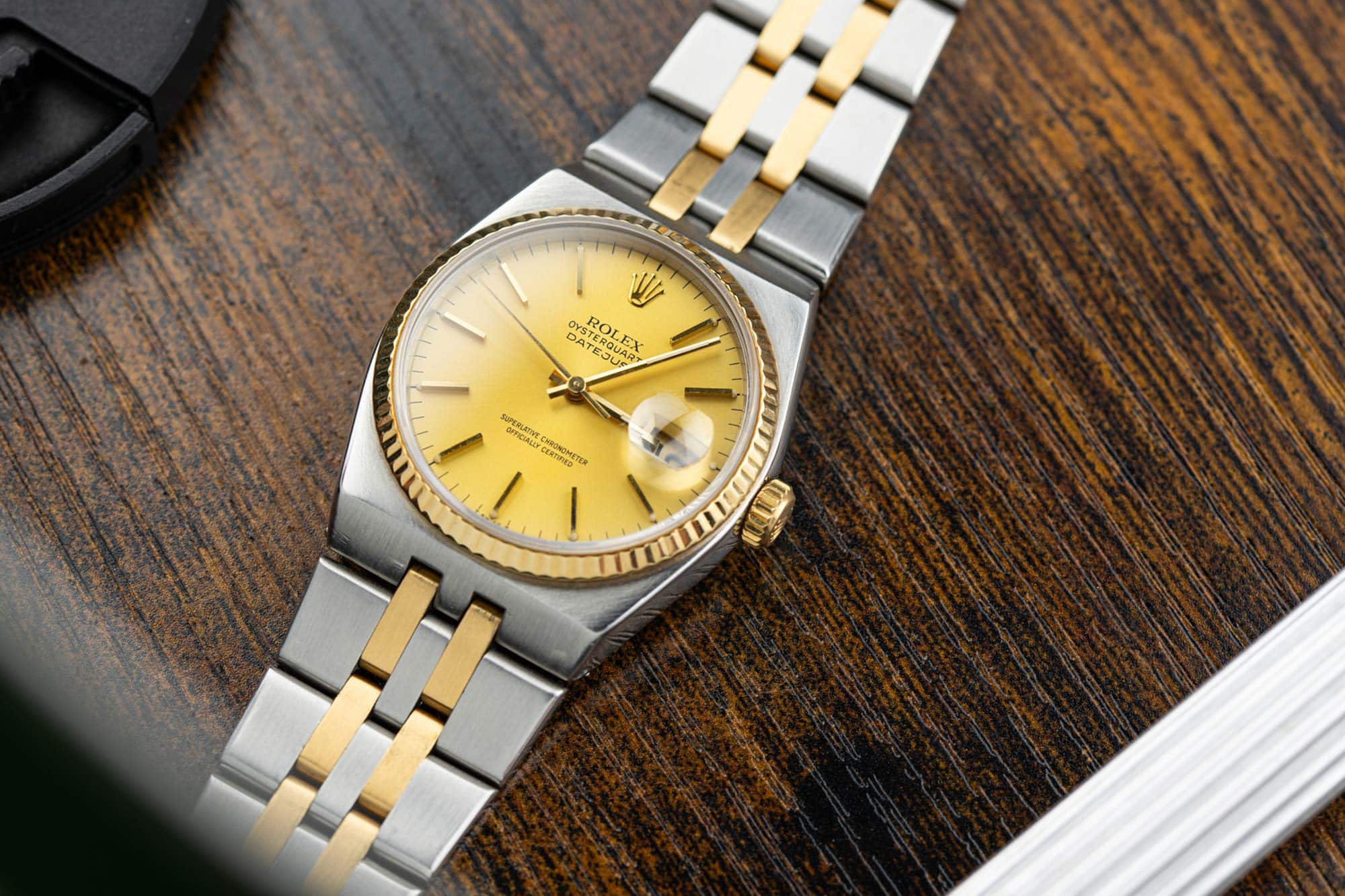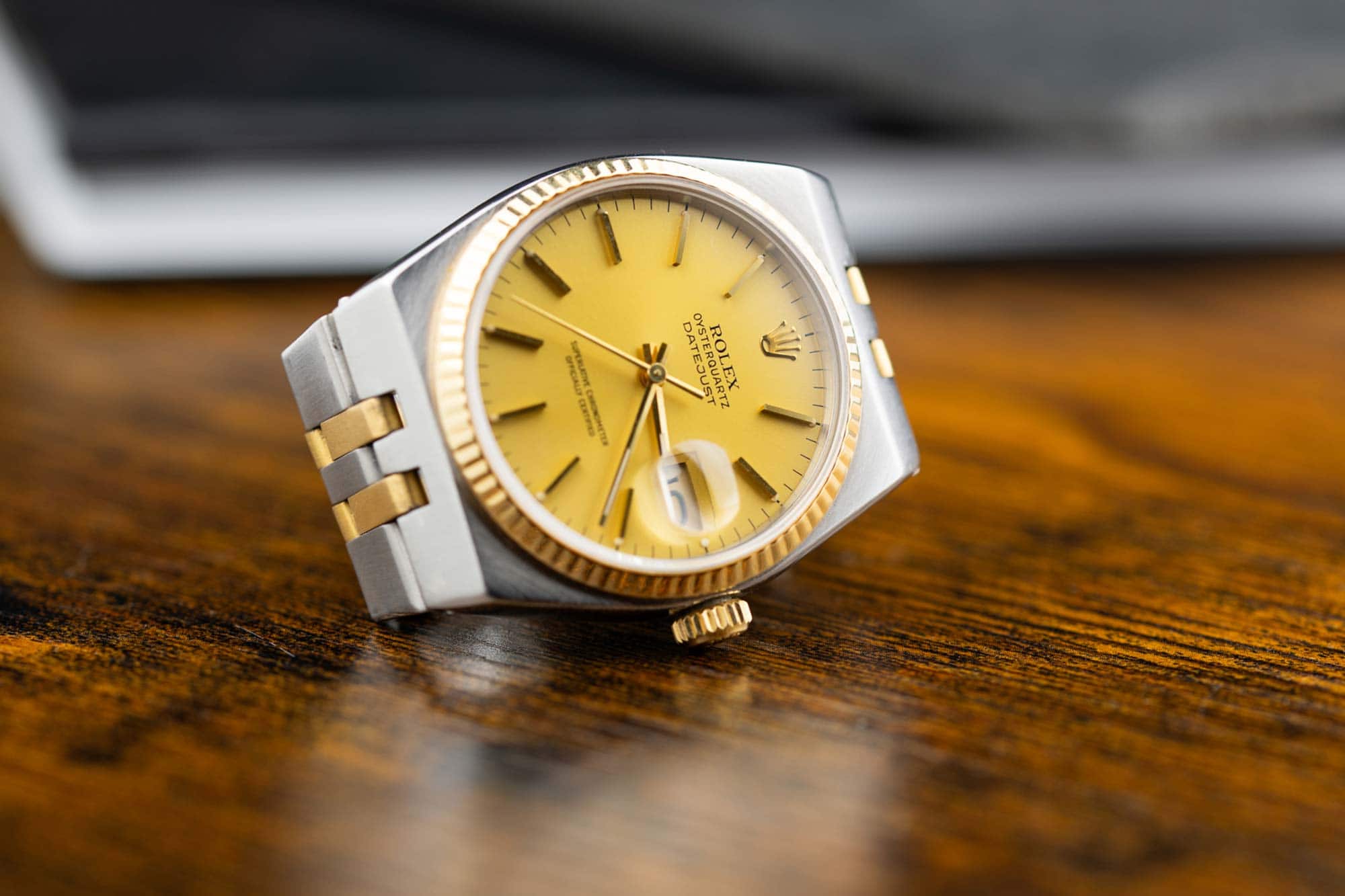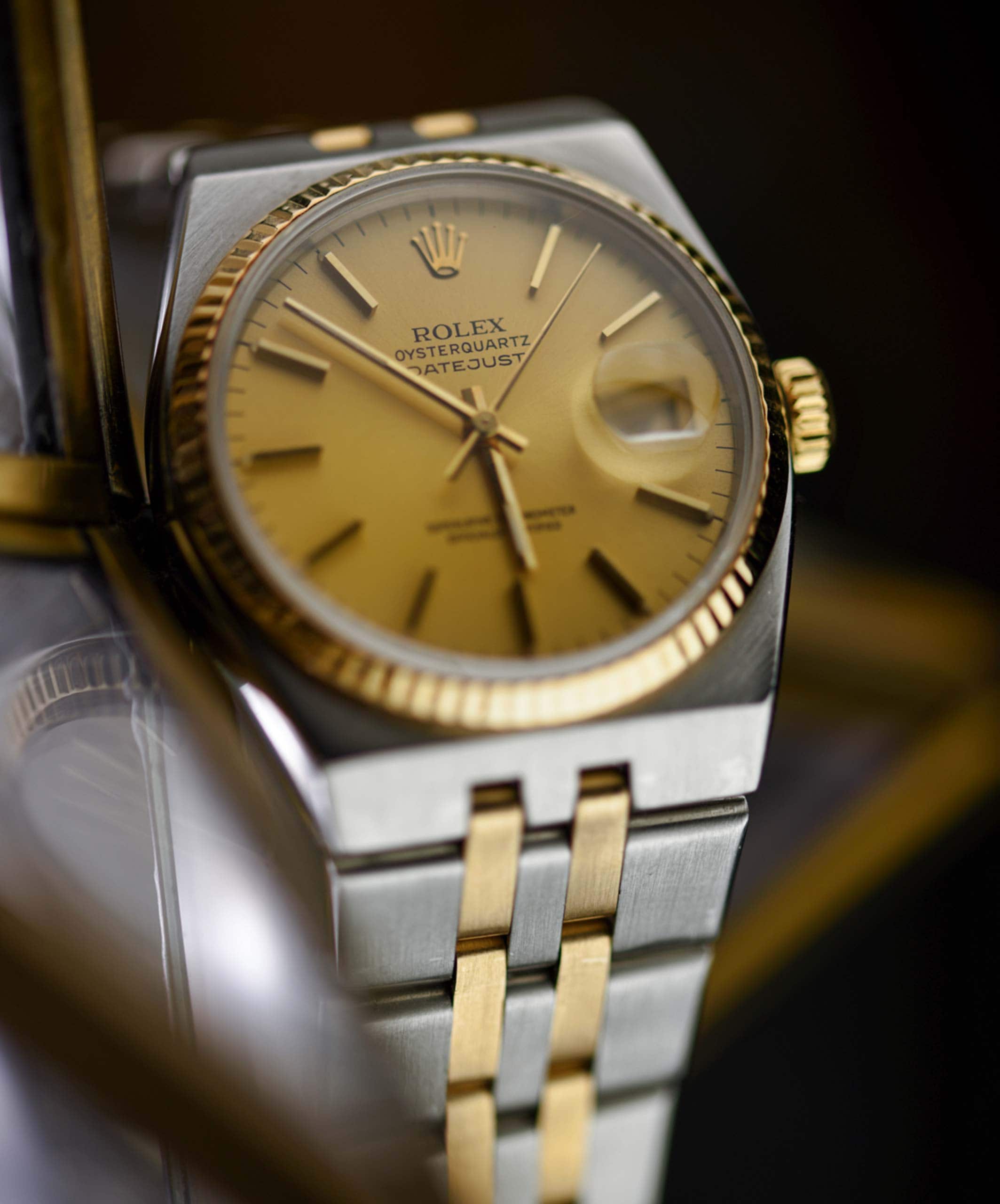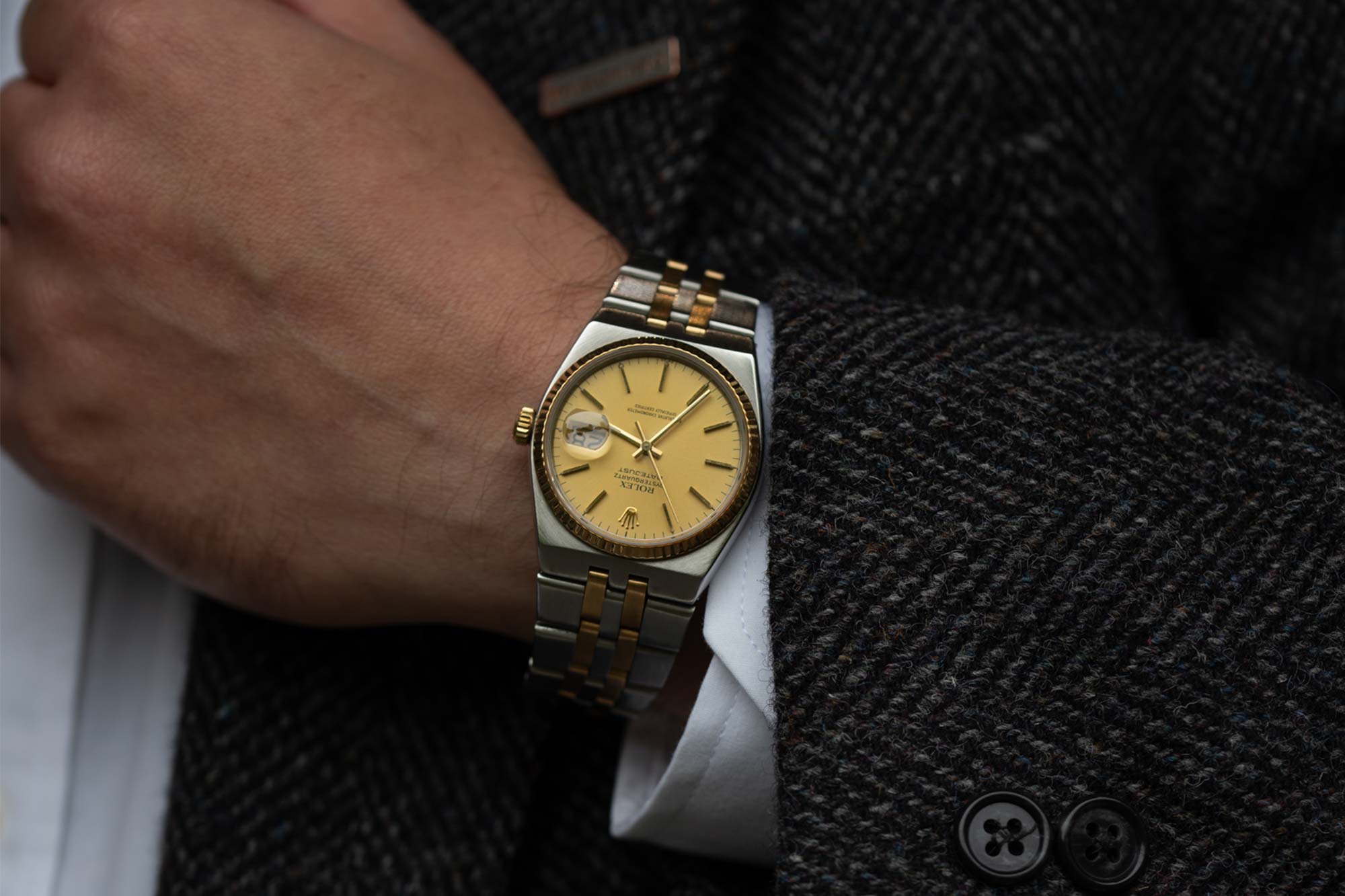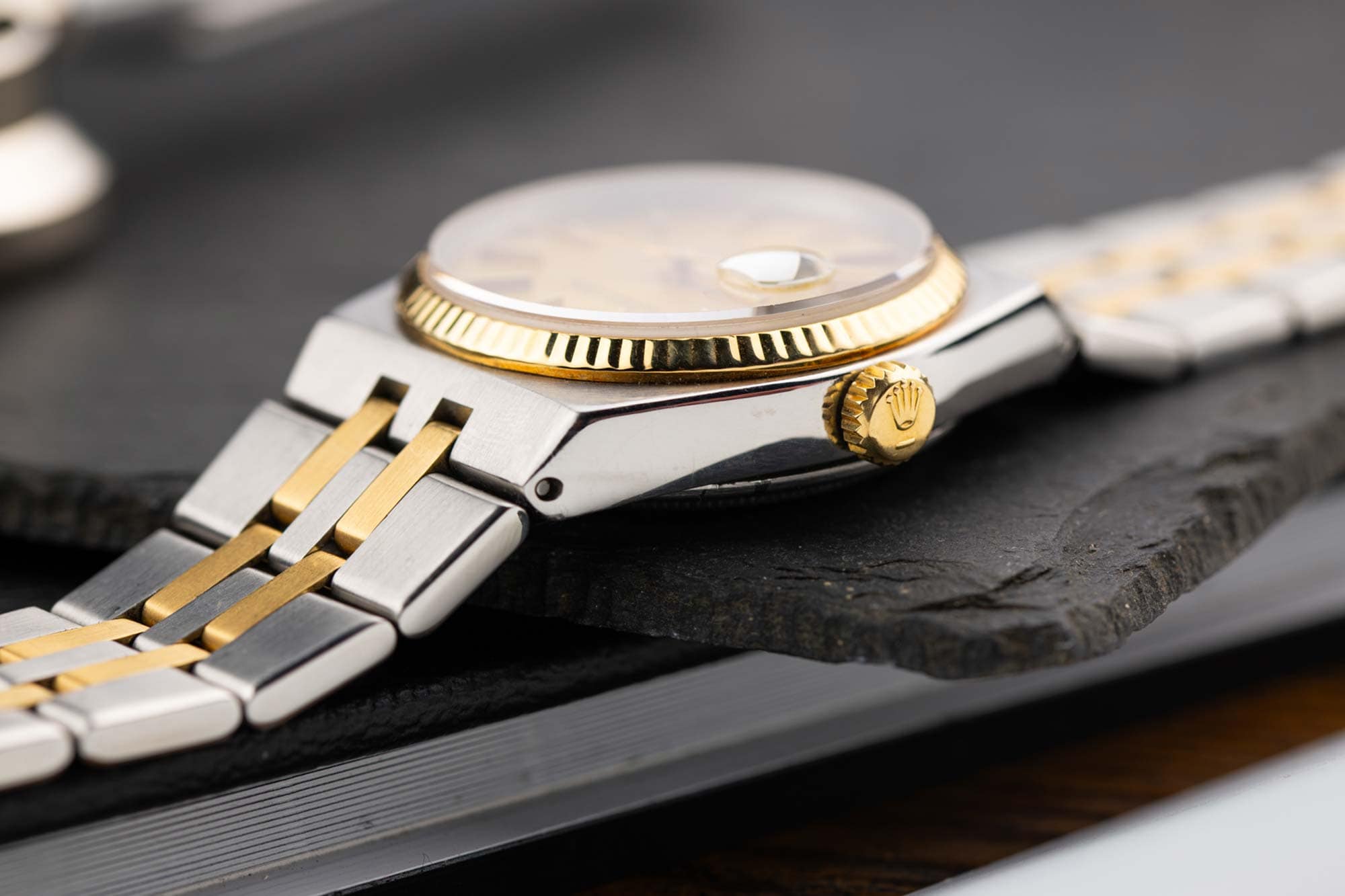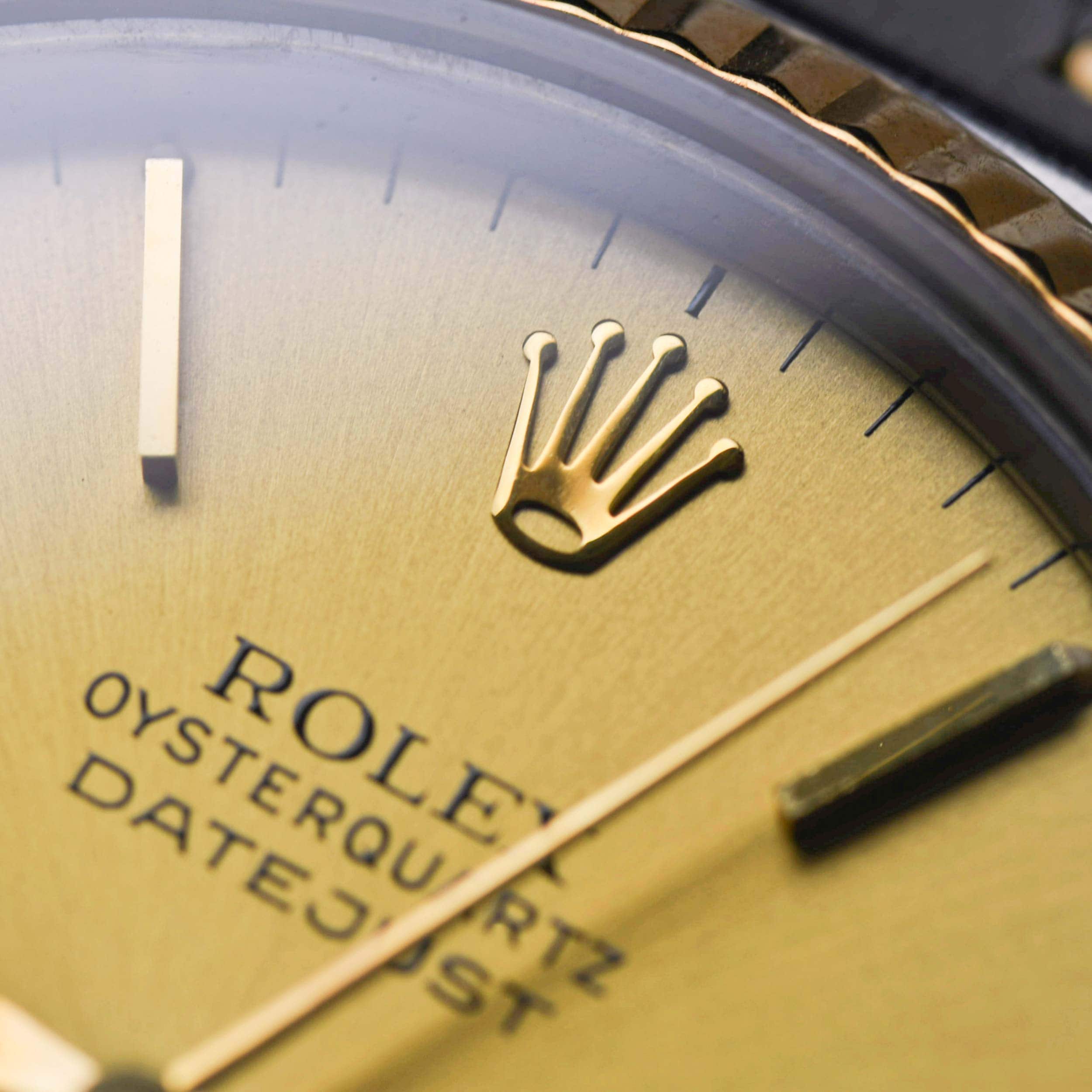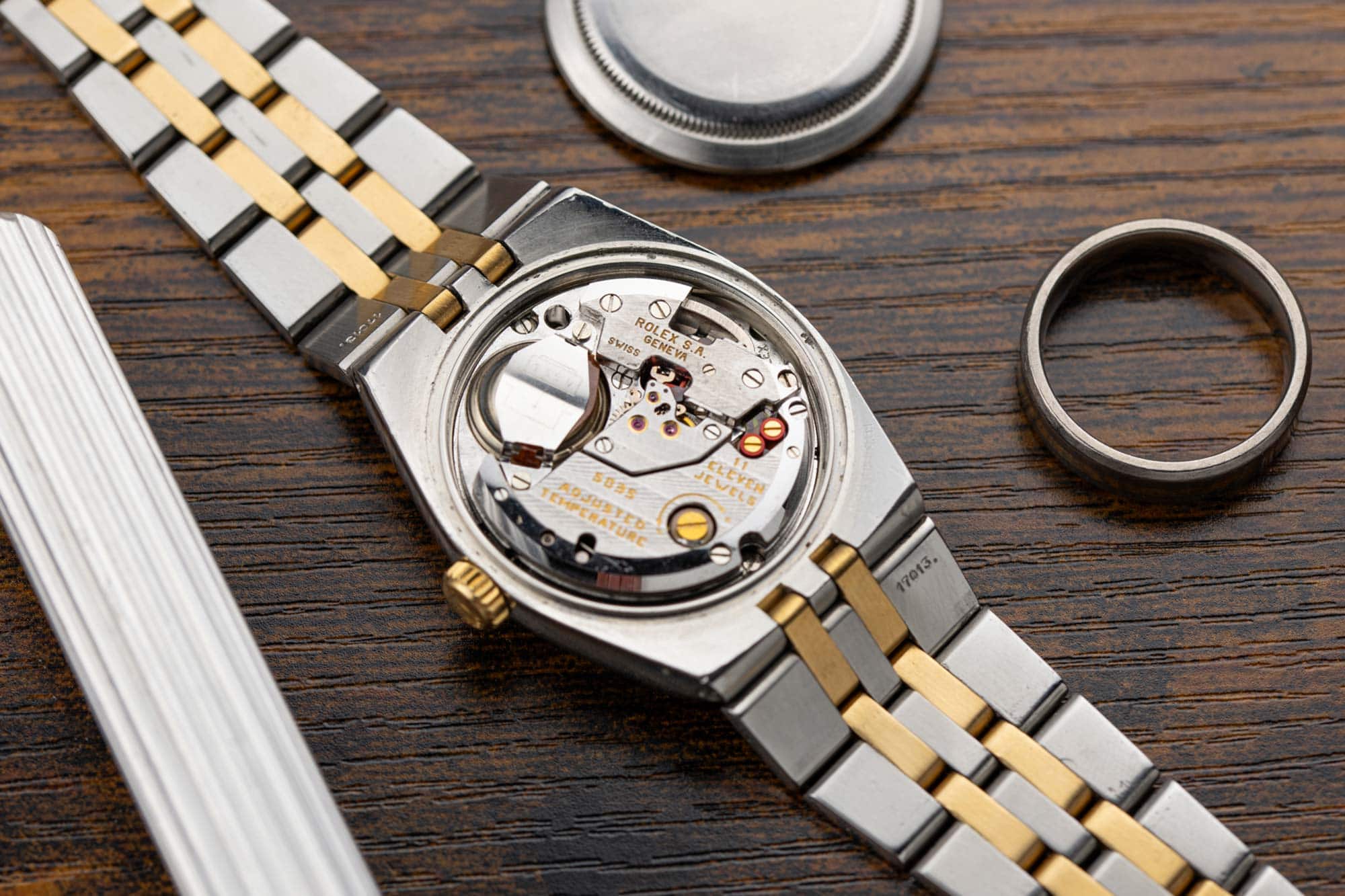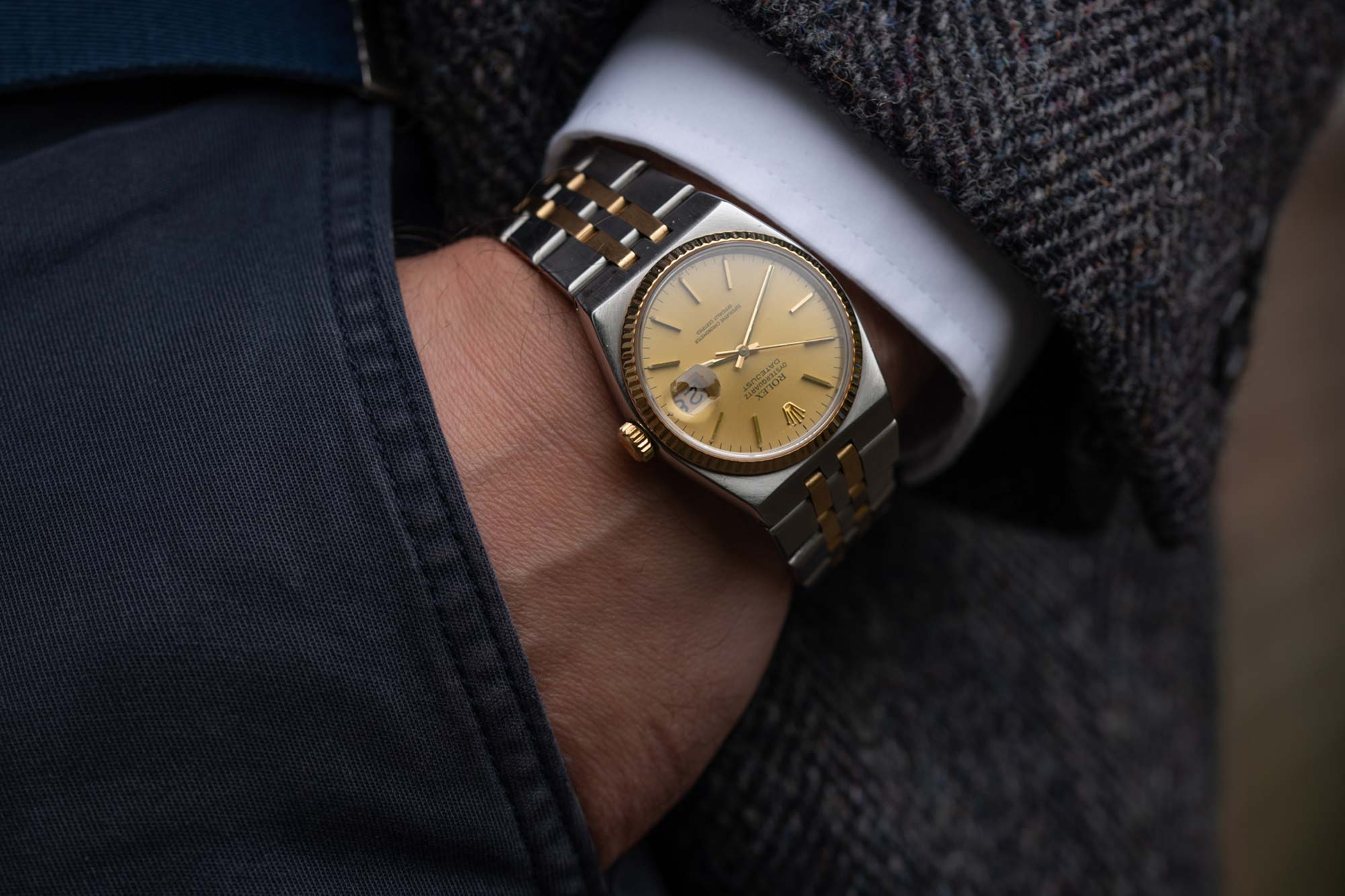When I began this journey, many years ago and aided by guiding voices from the wider watch community in its various guises, there seemed to be many arbitrary categories than one needed to ‘fill’ in order to have a complete collection. A diver, a dress watch, a chronograph, a beater. These are generally understandable distinctions, even though they are still fairly arbitrary categories which seem to be mostly designed as a justification for buying a new watch. Thankfully, a prevailing tide of “buy what you like” swept over my own journey, and I ended up creating my own categories. In some cases they are rather hard to define, but do the job of ensuring I don’t have too much overlap – meaning everything gets worn. One category I never bought into was the “birth year” watch. Why would it be important to own a watch that was made in the same year I was born?
Unfortunately, as I have aged I have grown more fond of watches produced around that time, and I have also become more comfortable in embracing my age (but note that I’m still trying not to give too much away). As such, when a birth year Rolex Oysterquartz Ref 17013 listed for sale, appeared fleetingly on my Instagram feed as I opened the app (before disappearing from sight), I was drawn to it. Fortunately, I recognized the style and composition of the photography and quickly tracked down the watch at UK based reseller Kibble Watches. When I saw the production year, wheels set in motion in my brain about what I could sell to make space in my watch box, reduce collection overlap, and release the necessary funds. I wasn’t consciously trying to buy it, but subconsciously it was already mine.
The Oysterquartz has long been a bit of an oddball. The first quartz watches from the brand came in 1970, in the form of the Rolex 5100, at a time when many Swiss brands were exploring alternatives to mechanical calibers ahead of what would become the quartz crisis. The 5100 reference used a quartz module produced by Centre Electronic Horloger, which was a combined effort from many Swiss watch manufacturers to compete against and attempt to outperform their Japanese counterparts. Despite selling relatively well, the Rolex 5100 was abandoned fairly swiftly as Rolex looked to produce its own quartz caliber. In 1977, Rolex launched the Oysterquartz Datejust and Day-Date models with the 5035 and 5055 Calibers respectively. Take a look at any of the various Oysterquartz models and you’ll see a design that is typical of the late 1970s and early ‘80s. Yet, the Oysterquartz remained in production until the start of the 21st century. Despite a long production run, only approximately 25,000 were ever made, which suggests that at no point in its near 25-year inclusion in Rolex’s catalog was it actually popular.
It is only since the start of the integrated-bracelet sports watch trend, which admittedly has been going on for a while now, that the Oysterquartz started to gain a little more recognition and appreciation, and prices of used models in excellent condition have similarly trended upwards. Is it an underappreciated gem? I think so. Is it a comparative bargain? Possibly. Will prices continue to rise? Who knows. Will it be any less cooler in 10 or 20 years’ time? Unlikely.
If you are already familiar with the Rolex Oysterquartz or have searched through listings on eBay or Chrono24 then you’ll know that there are actually quite a few different variants. In the Datejust lineup, the Ref 17000 can be distinguished by its smooth steel bezel and Oyster style integrated bracelet. The Ref 17013 and 17014 have fluted bezels in either yellow or white gold respectively and Jubilee bracelets. Across these three, you’ll also see a variety of silver, gold, blue and black dials, and in some cases even Roman numerals thrown in too. The Day-Date lineup has an even greater number of variations. Keep in mind the total production run of ~25,000 pieces and it means that some of these variants must be very rare indeed. The model that caught my eye is the Ref 17013 with a gold dial. Although the fluted gold bezel draws the eye, the presence of gold in the hands, applied indices, dial, crown and bracelet links provide a large amount of warmth and glamour.
With the case largely unchanged since 1977, the dimensions are in keeping with a sports watch from that period, measuring 36mm in diameter with an effective lug-to-lug length of 42mm. The watch wears larger than those numbers suggest though, mainly due to the integrated bracelet which starts at 24mm at the widest point before quickly tapering down to 16mm at the lugs. The width and shape of the bracelet mean that any measurement for the watch head only is slightly misleading. The Oysterquartz is also reassuringly chunky, coming in at 13.5mm thick and feeling just as weighty as a modern automatic sports watch. The only negative about how the watch wears is the length of each bracelet link. To fit my 7-inch wrist, I only have six links present on each side of the clasp. The folding mechanism that sits inside the clasp is longer than the clasp itself, with some of the links creating corners around the wrist rather than wrapping into a seamless curve. I feel fortunate that I am able to get a good fit with the bracelet links because I can imagine the watch sitting more awkwardly on a smaller wrist, or having to make greater use of the clasp’s micro-adjustments.
There isn’t a whole load of contrast between the gold dial, indices and hands, but the polish on the latter two are sufficient for reasonable legibility in daylight. The tritium lume, which sits within the hour and minute hands and also present just outside each applied baton numeral, is long faded and no longer discernible as daylight recedes. I find that a date window can often become a blemish on an otherwise pretty dial. Here, the familiar magnifier converts it into a feature, highlighting the open 6 and 9 numerals whenever they cycle through.
When it was released, the Caliber 5035 inside the Rolex Oysterquartz was designed to be the finest quartz movement to date, and it has held up pretty well in the years since. The 5035 gained COSC certification in 1980, and as such needed to exhibit average daily accuracy within +/-0.07 seconds. As an aid to accuracy, the 5035 is equipped with a thermistor to sense ambient temperature and regulate timekeeping. The well-finished quartz module also features a manual adjustment screw which can be used each time the watch is serviced to counteract any frequency drift that becomes apparent as the quartz crystal ages. There’s a whole lot more information about this impressive caliber here. As quartz modules go, it’s quite a good one.
The particular example I picked up is not in perfect cosmetic condition. It hasn’t spent its whole life in a safety deposit box – but considering its 40+ year age, it appears to have been worn with love and care. And that’s fine. I intend to wear it a lot too. In a post-pandemic world where I work from my home office the majority of the time, my watches are now, more than ever, for my enjoyment only. As such, a two-tone watch with a generous smack of gold is something I can wear every day without it feeling any less special. Since I have welcomed the Oysterquartz into my collection, I spend most days with either this two-tone beauty or a G-Shock on my wrist. A more modern Rolex oddball—my Milgauss—has had to find a new home as a result.
Now that I’m on board with the whole birth year watch thing, my Rolex Oysterquartz is setting a good example for me to follow – something which isn’t hiding its age, but instead aging gracefully.









 Featured Videos
Featured Videos




